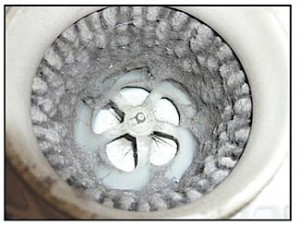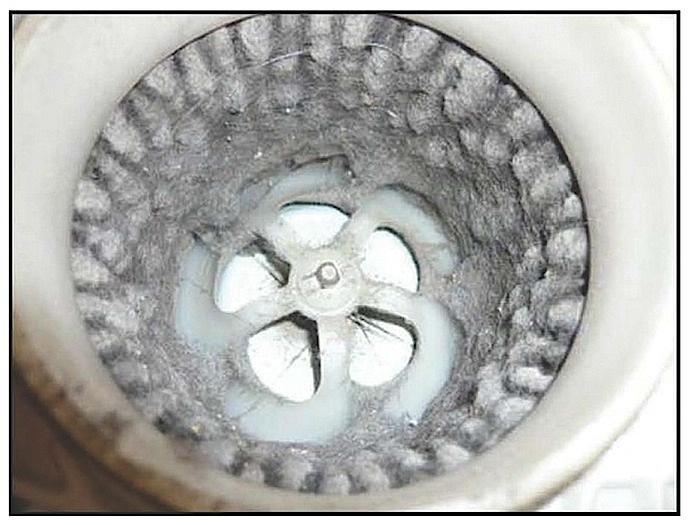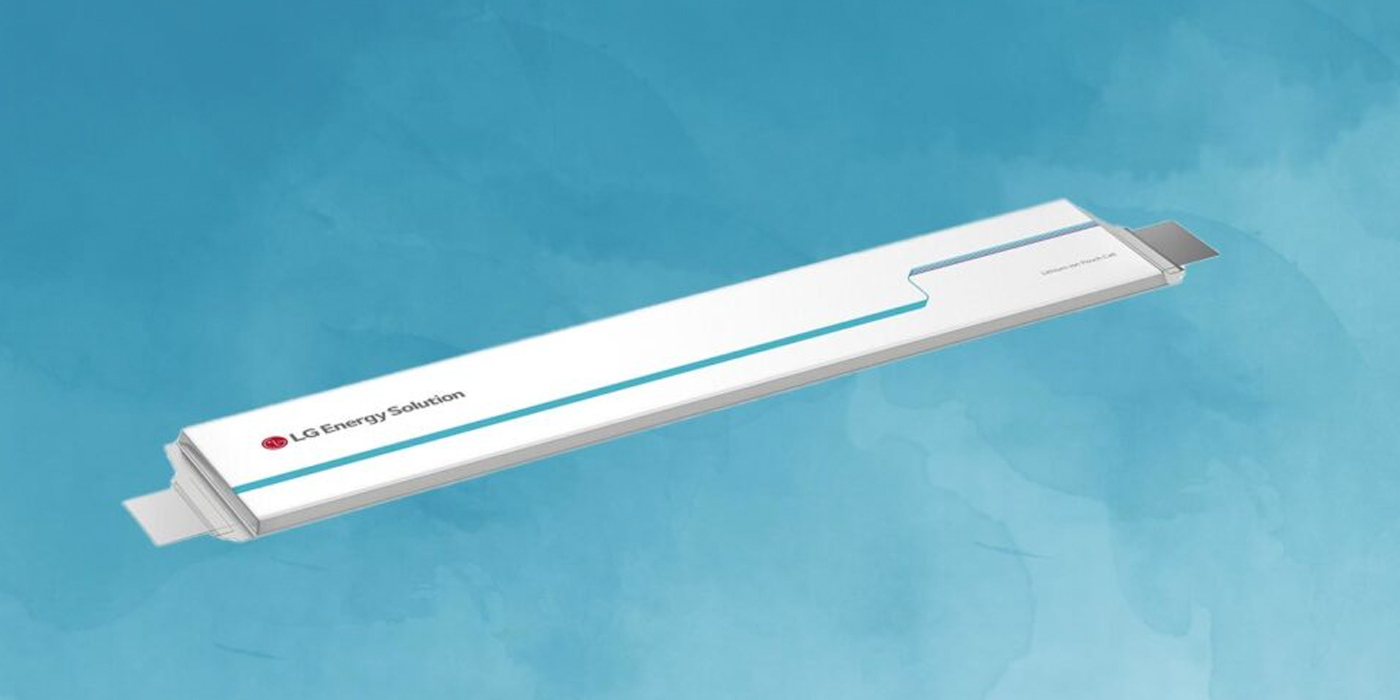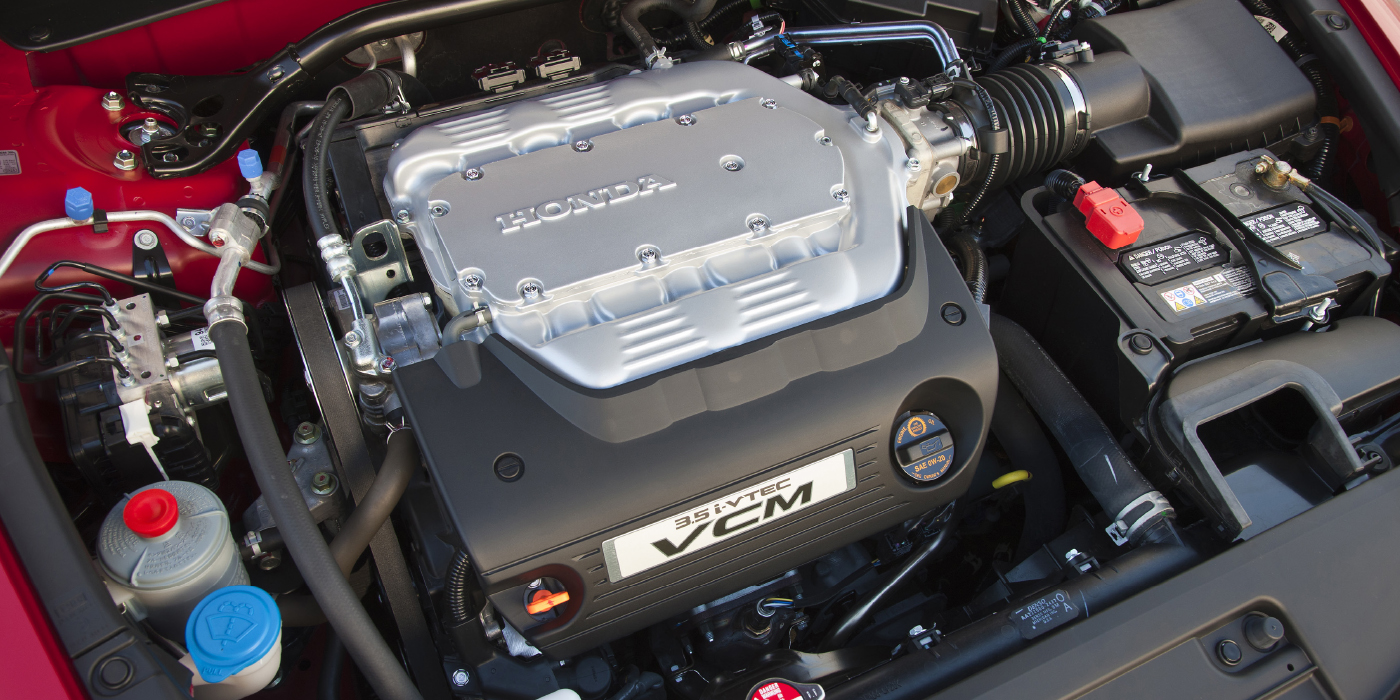Some 2007-‘11 model year Toyota Camry HV vehicles may exhibit a lit MIL condition with Diagnostic Trouble Code (DTC) P0A80 or P0A7F stored due to dust or debris buildup in the HV Battery Cooling Fan. Use the following repair procedure to address this condition.
Repair Procedure
1. Inspect the HV Battery Cooling Fan for dust or debris buildup. Refer to the “Hybrid Battery Control: Battery Blower: Removal” section in the Technical Information System (TIS) applicable for the specific model year Camry HV.

Is the HV Battery Cooling Fan clogged with dust or debris buildup? Refer to Fig. 1 for an example of a clogged cooling fan.
• If yes, proceed to step
• If no, this bulletin does not apply.
Install a filter screen assembly and troubleshoot the vehicle using the applicable Repair Manual procedure. Refer to TIS applicable model year Camry HV Repair Manual.
2. Using a vacuum and compressed air if necessary, clean any dust, lint or debris buildup from the HV battery cooling fan blades module and ducts. Do not allow the cooling fan to spin freely during cleaning. This may damage the cooling fan motor.
3. Replace the HV battery assembly. Refer to applicable model year Camry HV in the repair manual.
4. Install the HV battery cooling fan intake filter.
 5. Clear any DTCs that have been set during the repair procedure and test-drive the vehicle to confirm normal operation.
5. Clear any DTCs that have been set during the repair procedure and test-drive the vehicle to confirm normal operation.
6. For severe-usage vehicles, refer to Service Bulletin TSB-0182-13, “HV Battery Cooling Fan Maintenance for Severe-Usage vehicles,” for additional HV battery cooling fan maintenance recommendations.














